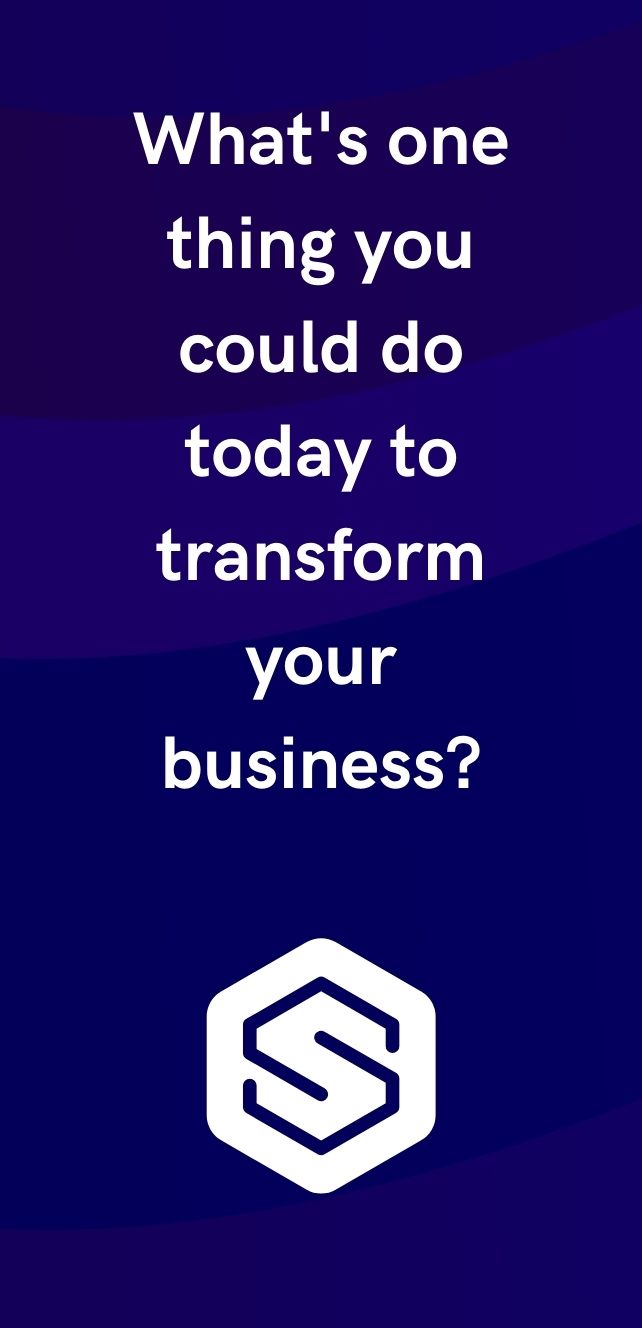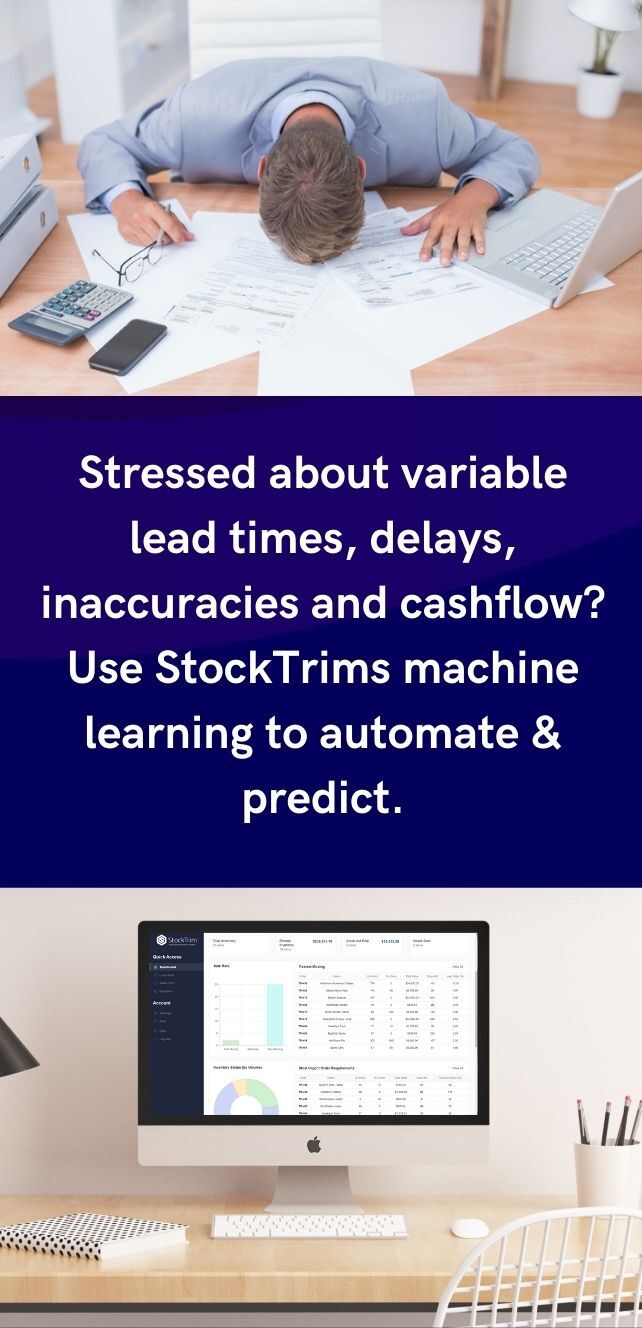About ten years ago, I bought a struggling toy business that, on the surface, looked like it had a lot of potential. But only two years later, I was forced to sell it at a fraction of what I invested. I lost over a million dollars in the process, which nearly ruined me. Here's a clue as to how I could have completely avoided this balls up... Inventory Planner Software. Carry on reading to get the full story.
My financial disaster was the catalyst for me to find the right Software as a Service (SAAS) that could help businesses and investors avoid the mistakes I made. If only I had StockTrim, I would have saved myself a lot of money, pain and embarrassment!
If you are looking to invest in a product-focused business, here are my top five lessons and how you can avoid these mistakes.
1) Vendor behaviour: Be wary of vendors who pressure you into a rushed decision.
If the vendor is optimistic, but they can’t back it up with accurate and independent financials, watch out.
When they can’t answer your questions, make sure you find out why and keep persevering until you get an answer.
Be mindful of your attitude about the business, too. Are you excited about its potential without seeing all the facts? Can you see any potential problems and are you confident that the vendor is painting a complete and objective picture of the business?
2) Cashflow: Vendor finance was in place and I had to pay for the business out of its cashflow.
The business that I bought into had a lot of obsolete or slow-moving stock – some as old as five years old. Rather than conducting any kind of demand analysis, it appeared that the previous owners purchased stock on the sole basis that they liked the look of it. I can laugh now at the ridiculousness of it all, but at the time it was a real headache when I realised there was stock sitting in the warehouse that had zero chance of selling.
Before I purchased the business, I didn’t know about this SLOB (Slow and Obsolete Inventory). I didn’t know how old the stock was, and how I wasn’t going to make any margin on it until it was too late.
Cash is king. But I had to use the business’ cash flow to pay for the junk stock and I was forced to keep reordering products because we always had to have new toys on the shelves.
Make sure you understand the dynamics of the business’ cashflow before you sign anything.
3) Due diligence: Understand the industry and market
Never underestimate the importance of due diligence and your gut instinct. If things feel rushed and uncomfortable, it’s a signal for you to slow down, ask more questions or withdraw completely.
Seek advice from accountants and lawyers that understand the industry you are buying into. An investment in this area at the outset can save you a lot of money, pain and time in the long run. It was a costly lesson to learn.
And if the banks reject your loan applications, press pause and reflect. Are they noticing the risks of your potential venture? Can these risks be mitigated, or should you step away? Don’t do what I did: I was so stubborn to get the deal done that I switched banks.
Avoid signing long-term contracts to keep your fixed costs to a minimum and reduce risk. Never buy someone else’s old stock. And, if you have a “fixer” mentality, don’t be tempted with the idea of turning an ugly duckling into a swan; it may be a lot messier than you think.
4) Know your inventory
My purchase price was comprised of mostly inventory at cost. Yet, the actual business was about 20% of the overall sale price.
If only I had StockTrim; I would have seen how much stock was sitting around in the warehouse, and how long it had been there, wasting space and working capital. I would never have purchased the old stock and instead would have negotiated a significant discount in the purchase price of the business (if I even bought it at all).
But instead I ended up buying stock that never had a chance of being moved. If I had bought the business without any stock, I would have been much better off.
I’ll say it again: Never buy someone else’s old stock.
5) Every vendor and buyer can benefit from agile, machine learning software
If I had known about inventory planning and optimisation software, I might never have bought this business. But even if I had, I would have had a tool to exit faster, less painfully and with much more of my initial investment intact.
Had StockTrim been available to me at that time, I would have removed all the slow moving and obsolete stock out of the purchase price. I would have been equipped with a cloud-based system that would have factored in seasonality, lead times, cashflow, and the toys that were selling and the toys that were not.
When it came to reordering toys, I would not have relied on past behaviour, my preferences or guesswork. Instead I would have made informed decisions based on machine-learning algorithms to invest in stock that I knew would sell.
StockTrim is in the business to make your lives easier and better
StockTrim is not just an inventory asset, but a tool that you can use as part of your due diligence, and to provide an insight into your stock challenges. Its dashboard keeps tabs on your stock, lead times and cashflow. If I had this knowledge at my fingertips before I bought the toy business, I’d have quickly seen how much of a problem I was getting myself into.
StockTrim would have saved me a lot of money and embarrassment. I didn’t have to fold the business, and indeed paid the former owner all the money owed by the time I exited. However it cost me a few properties and a lot of opportunity cost with cash. And a lot of time
For a small monthly subscription, I would have been able to make smarter, informed and objective decisions. I learned a valuable lesson, over the two years the cost was around $1,200,000, and while this may be considered a disaster I am now thankful I learned this lesson on a relatively small business.
In case you are wondering, I did actually sell the remnants of the toy business to another toy company. For a fraction of what I paid, and next to no stock.
Make a resolution to move to automated, smart, easy-to-use software
If you are a business ready to stop throwing money at slow and obsolete stock, learn from my mistakes, and check out StockTrim, the company I am now a founder in.


